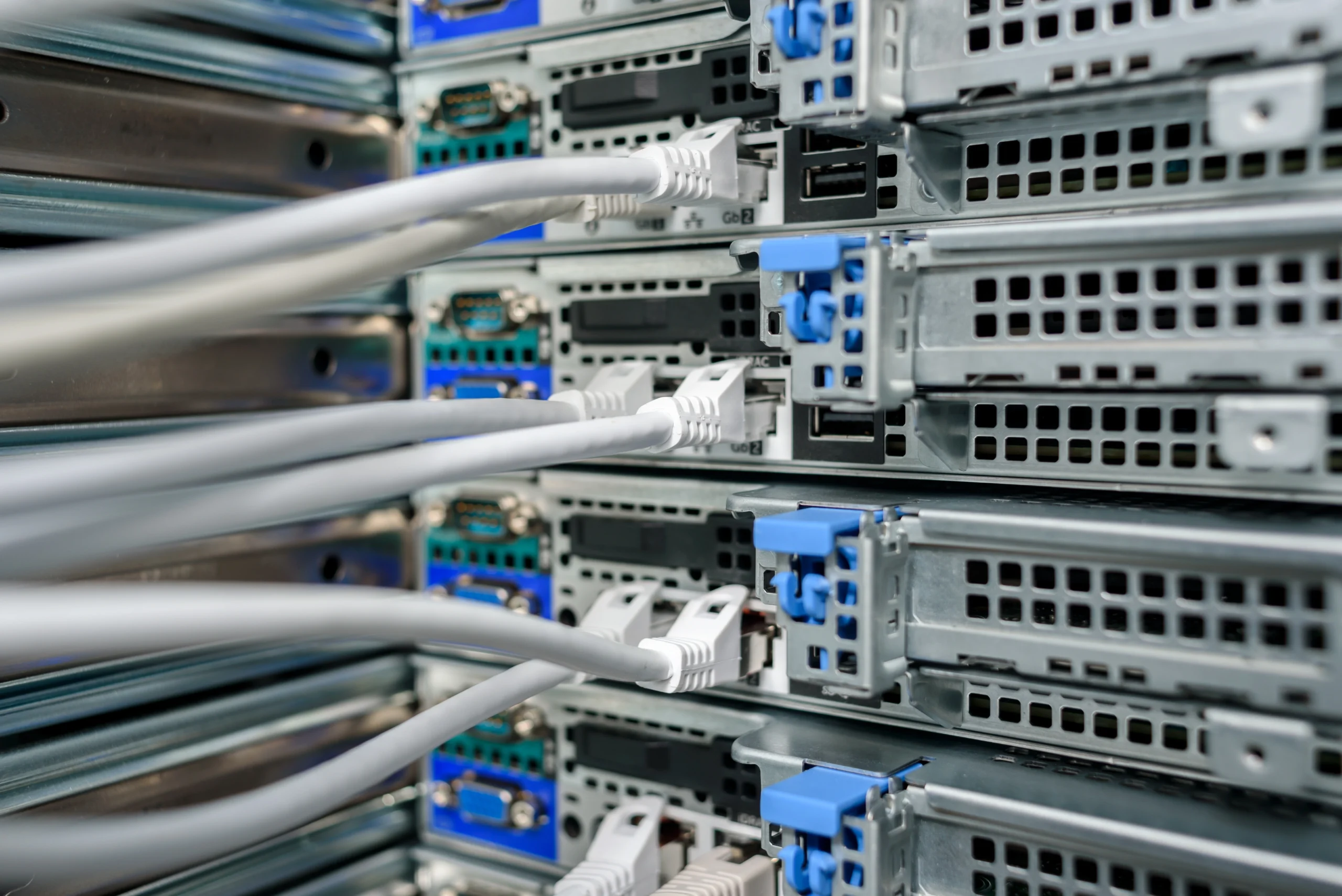Table of Contents
ToggleEDI (Electronic Data Interchange) Integration refers to the automated transfer of standardized business documents between systems. Instead of relying on manual processes like email or paper-based transactions, EDI enables businesses to exchange purchase orders, invoices, shipment notices, and more electronically.
As a company with over 35 years of experience in third-party logistics (3PL) and Foreign Trade Zone (FTZ) operations, I’ve witnessed firsthand how transformative EDI can be. It streamlines processes that once took days into minutes, offering a seamless and efficient way for trading partners to communicate.

In today’s competitive logistics landscape, speed and accuracy are non-negotiable. EDI integration matters because it eliminates time-consuming manual work, reduces the likelihood of errors, and ensures data flows seamlessly between partners.
For example, when managing FTZ operations, we’ve seen how automating customs documentation through EDI significantly cuts processing times. This not only improves operational efficiency but also strengthens relationships with clients and partners by ensuring on-time deliveries and real-time data visibility.
Moreover, EDI enhances traceability—critical for industries like retail and healthcare where compliance and transparency are key. By integrating EDI, businesses can achieve consistent communication, reduce costs associated with rework, and ultimately increase their bottom line. To read more click here.
Over the years, I’ve seen EDI integration make a remarkable impact across various industries. In retail, it helps synchronize inventory levels and ensure stock availability.
Manufacturers rely on EDI to optimize supply chains and manage just-in-time inventory. In healthcare, EDI plays a vital role in ensuring accurate billing and compliance with HIPAA regulations.
Transportation and logistics, a field we specialize in at Tri-Link FTZ, use EDI for real-time shipment tracking, reducing delays and improving customer satisfaction. Even financial institutions benefit from the accuracy and security EDI offers in processing transactions.
When I look at our clients, it’s evident that regardless of industry, EDI integration bridges gaps, fosters efficiency, and creates a competitive edge.
Supply chain management is complex, but EDI integration simplifies many challenges. By ensuring data consistency across all partners, EDI reduces errors like duplicate orders or missed shipments.
For instance, in our FTZ operations, integrating EDI allows us to track goods from origin to destination in real-time, ensuring no delays or miscommunications. Another advantage is the improved forecasting it offers.
With accurate data flowing between partners, businesses can make informed decisions about inventory and demand planning. It also ensures compliance with international shipping standards, an area where even minor errors can lead to significant penalties.
EDI’s automation capabilities allow businesses to focus on strategy rather than firefighting operational issues. To read more click here.

Implementing EDI integration requires a methodical approach to ensure success. Based on our experience at Tri-Link FTZ, the process involves:
When executed correctly, EDI implementation is a game-changer, unlocking efficiencies that manual systems simply cannot achieve.
No integration is without its challenges. One common issue is compatibility between legacy systems and modern EDI solutions.
At Tri-Link FTZ, we often guide clients through updating outdated infrastructure to support EDI. Another challenge is managing the upfront costs, but the long-term ROI often justifies the investment.
Compliance with industry regulations is another critical consideration. Whether it’s customs documents or healthcare billing standards, ensuring your EDI processes meet these requirements is non-negotiable.
Partnering with experienced providers can mitigate many of these hurdles, ensuring a smoother transition.
Drawing from our decades of experience, I can confidently say that preparation and ongoing maintenance are key to successful EDI integration. Establishing clear communication with trading partners about expectations and standards ensures a strong foundation.
Regular updates and performance monitoring are essential to adapt to evolving technologies and regulations. Investing in the right technology and talent is equally important.
Whether it’s an EDI translator or a skilled IT team, the right resources can make all the difference. Lastly, prioritize training for employees to maximize the benefits of your EDI system.

With the rise of APIs, some question whether EDI is still relevant. The answer is a resounding yes.
APIs are excellent for real-time data sharing but lack the robust standardization EDI offers for high-volume, structured transactions. For instance, in FTZ operations, EDI ensures compliance with customs requirements in ways APIs can’t fully replicate.
That said, combining both systems can provide businesses with the best of both worlds, enhancing flexibility and efficiency.
While the initial investment in EDI integration might seem significant, the long-term savings are undeniable. At Tri-Link FTZ, we’ve observed clients reduce transaction costs by up to 35% and error rates by over 80% post-implementation.
These savings are particularly pronounced in high-volume environments where manual processes previously caused bottlenecks. By automating these workflows, businesses can achieve a faster ROI and enhanced profitability.
Compliance is a cornerstone of successful EDI integration. Industries like healthcare and international trade have strict requirements for data accuracy and security.
EDI standards such as HIPAA and customs regulations must be adhered to without exception. This not only minimizes legal risks but also fosters trust among trading partners.
At Tri-Link FTZ, we provide robust solutions to ensure that our clients meet all compliance obligations seamlessly.
By now, it’s clear that EDI (Electronic Data Interchange) Integration isn’t just a buzzword; it’s a powerful tool that transforms how businesses operate.
From enhancing supply chain management to driving significant cost savings, the benefits are both tangible and long-lasting. At Tri-Link FTZ, we’ve seen firsthand how EDI reshapes industries, and we’re excited to help businesses unlock its potential.
If you’re ready to modernize your operations, let’s make it happen—together.
Share this article
We have other resources available upon request as well as one-on-one support and personalized answers, just like our services.
Simply contact us anytime and we’ll get back to you to answer your questions and provide meaningful answers that show you how Tri-Link supports your logistics, reduces costs, and accelerates efficiency.
Tri-Link delivers exceptional FTZ and 3PL services tailored to your global trade needs.
Our solutions combine innovation, quality, and efficiency to exceed your expectations and meet your specific requirements.